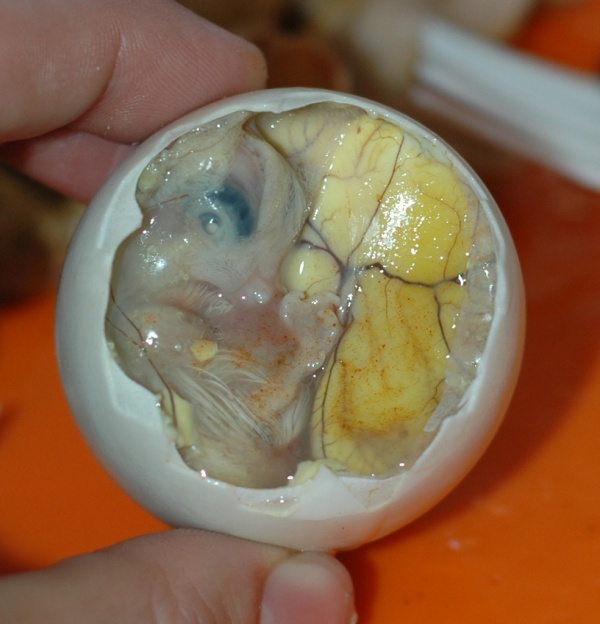Facts About Balut
Balut, a beloved street food in the Philippines, consists of a fertilized bird egg, typically a duck, that is incubated for 14 to 21 days before being boiled or steamed. Inside, you’ll find a partially developed duckling embryo. Despite its unusual appearance, balut is packed with protein and calcium, making it a nutritious and inexpensive snack. Introduced to the Philippines by the Chinese in the late 19th century, it has since become a staple of Filipino cuisine.
The making of balut is a meticulous process that involves carefully controlling the egg's maturation stages and temperatures to achieve the desired characteristics. When cooked, the egg undergoes chemical changes that influence its taste and texture, with temperature playing a crucial role in the final result. Typically, a balut egg offers about 14 grams of protein, 188 calories, and roughly 100 milligrams of calcium, enhancing its reputation as a nutritious option.
Balut can be enjoyed in various ways: with a sprinkle of salt, or a dip in a mix of chili, garlic, and vinegar. It is available not only on the streets but also in restaurants and even in gourmet dishes. While it's a staple in Southeast Asia, balut has also garnered the interest of food enthusiasts in North America, where specialty stores sometimes stock it.
However, balut isn't without its controversies. Some religious groups prohibit its consumption, and there are ethical concerns regarding animal welfare. Additionally, there are health risks associated with potential bacterial contamination. Balut has also made its way into popular culture, featuring in reality TV shows and eating challenges.
Despite these issues, balut holds a special place in many cultures and is celebrated for its nutritional value. It even earned a Guinness World Record for the largest serving of balut. This unique and polarizing delicacy continues to fascinate and divide opinions around the world.

 China
China